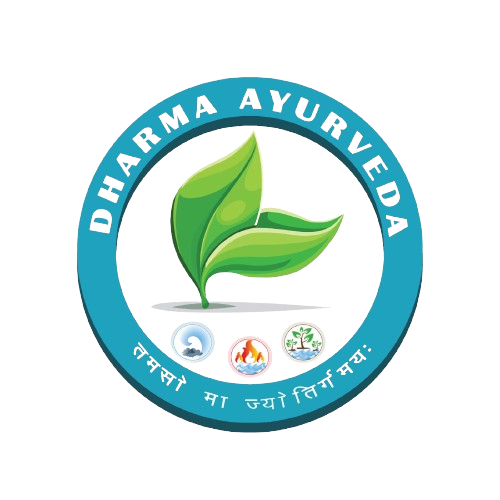Nourish from Inside Out:
Ayurvedic Solutions for Glowing Skin Health

Skin Treatment
Ayurveda is an ancient Indian holistic health modality known as the ‘Science of Life’ that deals with balancing body elements through lifestyle practices, including diet, herbal remedies, and yogic breathing. Ayurveda’s skin care approach entails not only external methods but also inner approaches which address underlying causes of dermal problems quite literally. There are some facets of treatment for skin according to the Ayurvedic perspective that we shall be discussing here.
Symptoms
The skin, being the body’s largest organ, can manifest a variety of symptoms that signal issues either localized to the skin itself or indicative of broader systemic problems. Here are some common symptoms of skin issues:
Redness or Flushing
This could be caused by irritation, inflammation, or an allergic response. Common reasons for redness are rosacea and dermatitis.
Blisters
The upper layers of the skin have small pockets of fluid known as blisters, which are commonly caused by irritation, infection, or burns. Other conditions, such as chickenpox, herpes, and dermatitis, can also cause blistering.
Itching
Pruritus or itching is one of the most common symptoms of skin conditions, such as dry skin, allergies, and insect bites.
Swelling
Swelling could result from an inflammation reaction, an underlying disease process, allergy responses, irritant response (s), etcetera. At least one of these processes may contribute to swollen skin anywhere on your body.
Dryness
When the skin is dry or scaly, it means that it lacks moisture. This may be due to chilly weather or skin problems like acne vulgaris and hypothyroidism.
Changes in Pigmentation
This involves hyperpigmentation (darkening of the skin) or hypopigmentation (lightening of the skin), which may be associated with melasma vitiligo, sun damage, and other conditions.
Ulcers
Chronic inflammation, or constant pressure can cause open sores on surface, called ulcers. This is common in cases of diabetes mellitus and varicose veins.
Scaling
Dry patches on your skin that thicken up before peeling off can indicate psoriasis, fungal infections, and seborrheic dermatitis, just to name a few examples.
Rashes
Marked changes in the color and texture of patient's skin recognize the rashes. It could appear during the allergies to infections, heat, autoimmune disorders, or drugs.
Pain
Skin pain might result from inflammation, infection, or injury. For instance, shingles before a rash emerge and cause intense pain.
Acne
Obstruction of hair follicles results in pimples, whiteheads, and other forms of acne, which are commonly linked to hormonal changes, diet changes, and stress levels.
Warmth
Abnormal warmth localized on one area of the body surface may indicate infection, inflammation, or the presence of a specific condition, such as cellulitis.
Aspects of Ayurvedic Treatment for Skin
- Vata: Vata skin typically feels dry, thin, and cold to the touch; it is more prone to dehydration and wrinkles.
- Pitta: Pitta skin is usually more likely to have freckles, moles, or acne on it. It often has a lighter tone and is sensitive.
- Kapha: The surface of your Kapha skin tends to be oily, smoother, and more moisturized with larger pores. Additionally, they may develop blackheads or water retention.
- Vata: Eat hydrating foods such as avocados and nuts with healthy fats; eat cooked vegetables that are warm.
- Pitta: Stick to cooling foods, including cucumbers or melons; avoid spicy meals or cut back on coffee intake.
- Kapha: Have lighter meals without oiliness or heaviness; include lots of vegetables as well as legumes.
- Neem: For healing acne as well as some bacterial infections, neem is used because it has antibacterial properties.
- Turmeric: Turmeric contains anti-inflammatory curcumin; this helps conditions like eczema and psoriasis.
- Aloe Vera: Aloe vera can be used for sunburns and burns in general because it soothes them while still keeping the area hydrated.
- Sandalwood: Sandalwood’s ability to cool down hot surfaces makes it ideal for treating sunburns or reducing aging signs.
- Oils: Choose oils suitable for your skin type, such as coconut oil (cooling), almond oil (enriching), and sesame seed oil (warming).
- Cleansing/Exfoliatin: Use natural substances such as chickpea flour, oatmeal, and herbal powders.
- Massage: Regular skin massages (Abhyanga) to encourage blood circulation and help the skin rejuvenate itself.
- Daily and seasonal routines are necessary in Ayurveda, which emphasizes enough sleep, regular physical activities, managing stress through yoga and meditation etc., to keep skin healthy for a long time.

